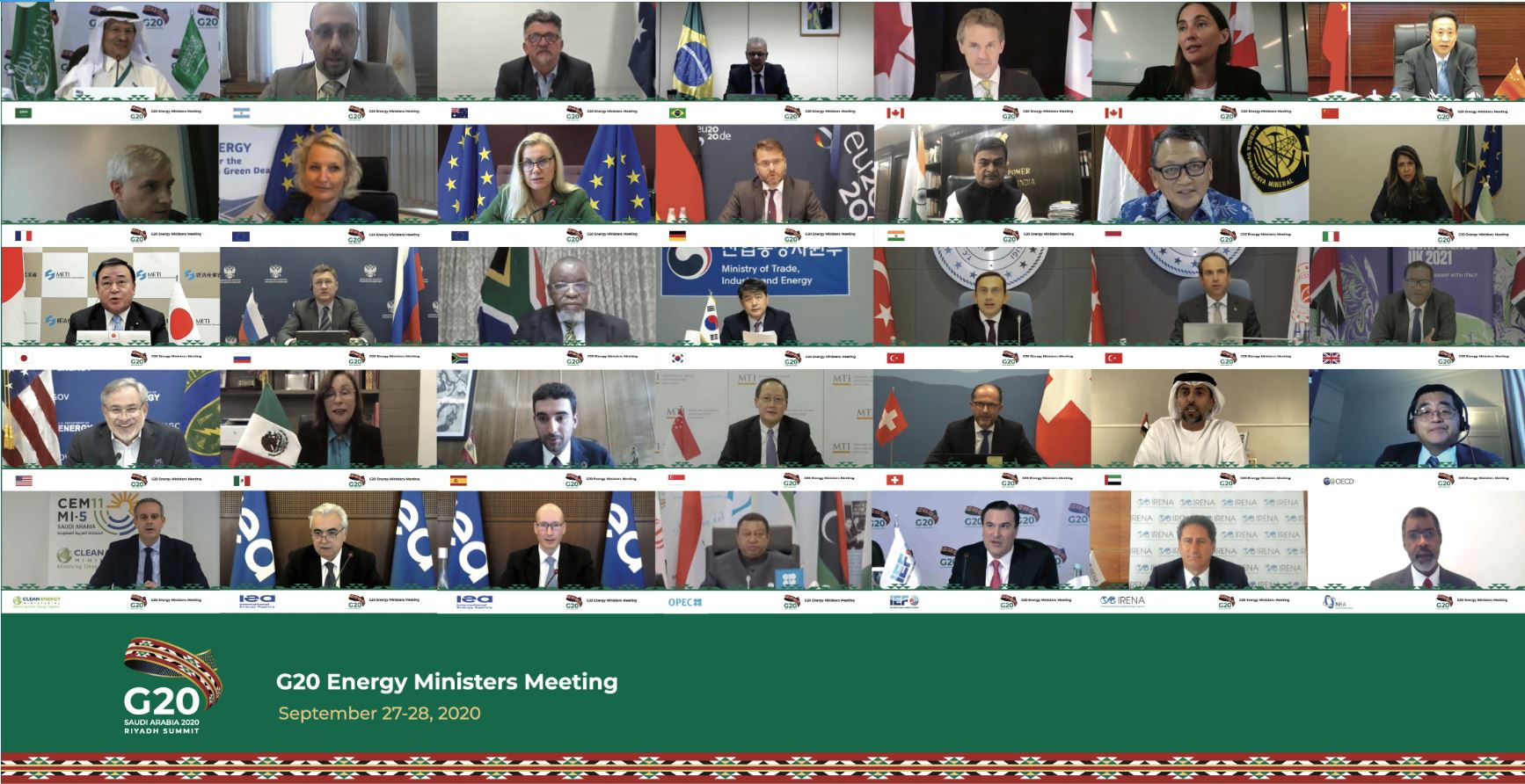
The recent G20 energy ministers’ meeting, organized and held under the Saudi Arabia G20 presidency, commended the King Abdullah Petroleum Studies and Research Center (KAPSARC) for its role in developing the Guide to the Circular Carbon Economy (CCE) in collaboration with several international organizations.
“We acknowledge the work led by the King Abdullah Petroleum Studies and Research Center and the valuable contributions from the various international organizations (International Energy Agency, the International Renewable Energy Agency, the Nuclear Energy Agency, the Organisation for Economic Co-operation and Development, and the Global CCE Institute), which spelled out the various opportunities offered by the CCE approach and its 4Rs as indicated in the ‘CCE Guide’ that could be considered in accordance with national circumstances,” the seventh item of its communiqué mentioned.
KAPSARC’s President, Adam Sieminski, noted that the G20 energy ministers’ communiqué acknowledged the work led by the Center’s experts to demonstrate the CCE framework and its 4Rs, in collaboration with five international organizations. He also remarked that in spite of the pandemic, KAPSARC and its partners managed to present the guide, which reflects the vital role of Saudi Arabia in addressing the new vision as part of its leadership in the coming G20 summit in November.
“The CCE initiative is a comprehensive approach to transitioning toward more comprehensive, resilient, sustainable, and climate-friendly energy systems,” Sieminski said. The G20 energy ministers, with the Kingdom’s leadership, have adopted a pragmatic approach that will help meet global climate goals. The CCE Guide is a tool that helps policymakers understand the challenges and opportunities of the four CCE elements: reduce, reuse, recycle, and remove.
KAPSARC recently launched a dedicated website for the CCE Guide. Eric Williams, Senior Advisor and Research Fellow at KAPSARC, stated, “the website not only hosts the CCE Guide but will serve as a global knowledge hub for circular carbon economy; for example, the CCE Visualizer allows users to explore how the energy and carbon management system might evolve through 2050 within a CCE framework.”



